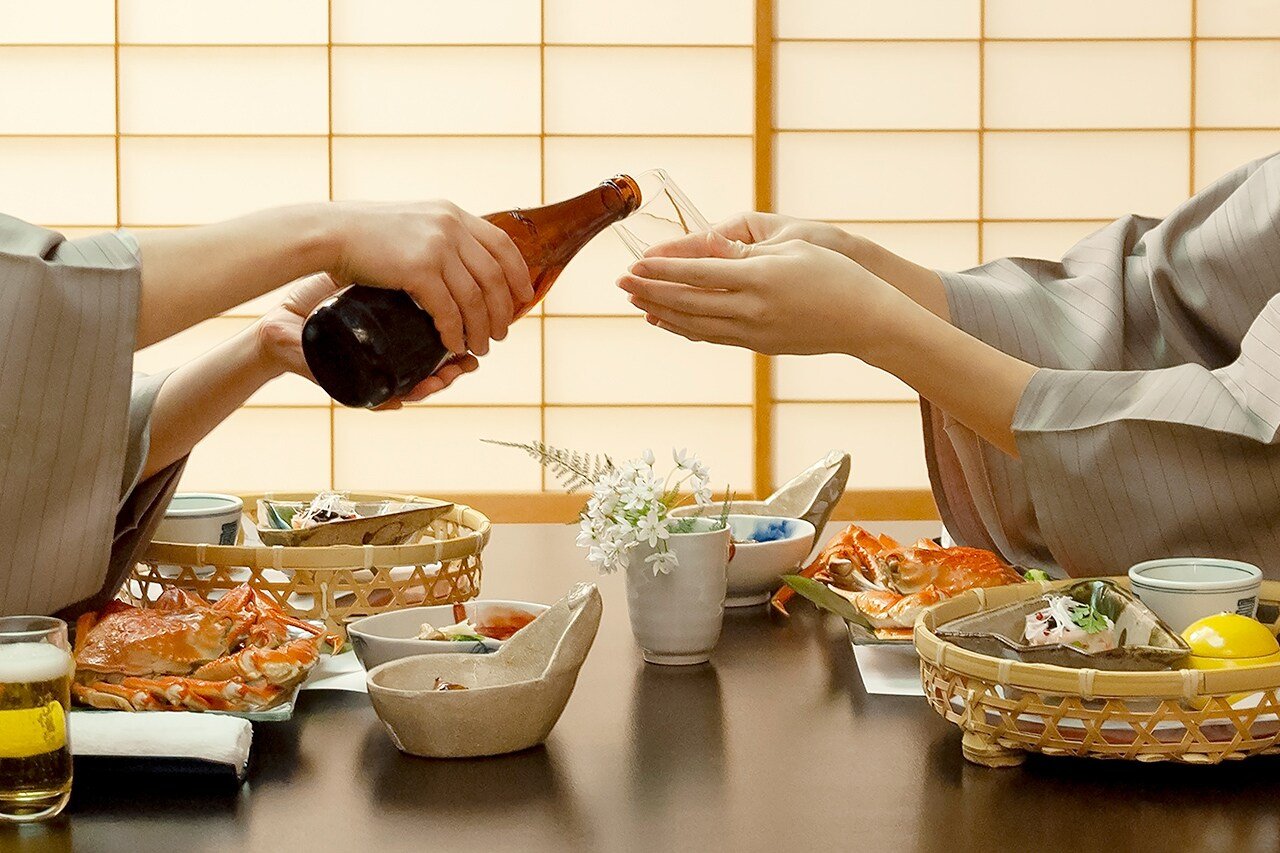Cultural Etiquette in Japan: Do’s and Don’ts for a Respectful Visit
Traveling to Japan is an exciting opportunity to immerse yourself in a culture that seamlessly blends ancient traditions with modern innovations. As a visitor, understanding and respecting Japanese customs can enhance your experience and show your appreciation for the country’s rich heritage. To help you navigate your journey, we’ve compiled key tips on cultural etiquette, covering bowing, gift-giving, dining, and other essential practices.
The Art of Bowing
Bowing is a cornerstone of Japanese etiquette and a way to express respect, gratitude, or apology. Here are some basics:
Do: Bow slightly when greeting someone or thanking them. The deeper and longer the bow, the more respect it conveys.
Don’t: Overdo it or feel pressured to bow perfectly. A sincere attempt will be appreciated.
Tip: In casual settings, a simple nod is often enough. For formal occasions, observe how locals bow and follow their lead.
The Custom of Gift-Giving
Gift-giving is an integral part of Japanese culture and is often used to show appreciation or build relationships.
Do: Bring a small, thoughtful gift if you are visiting someone’s home or meeting someone who has helped you. Items from your home country, like specialty foods or small souvenirs, are great options.
Don’t: Wrap the gift sloppily or open a gift in front of the giver unless invited to do so. Presentation is important in Japan.
Tip: Use both hands when giving or receiving a gift as a sign of respect.
Dining Etiquette
Mealtime in Japan is a significant cultural experience, and following dining etiquette can make a positive impression.
Do: Say “itadakimasu” (“I humbly receive”) before eating and “gochisousama deshita” (“thank you for the meal”) after finishing.
Don’t: Stick chopsticks upright in a bowl of rice, as this resembles a funeral ritual. Also, avoid passing food from one pair of chopsticks to another for the same reason.
Tip: If eating in a group, pour drinks for others before serving yourself. It’s a gesture of thoughtfulness.
Navigating Public Spaces
Public behavior in Japan often emphasizes harmony and consideration for others.
Do: Keep your voice down in public spaces, especially on public transportation.
Don’t: Talk on your phone while on trains or buses. It’s considered disruptive.
Tip: Always stand on the left side of escalators in Tokyo (or the right in Osaka) to allow others to pass.
Showing Respect at Shrines and Temples
Japan’s shrines and temples are not only beautiful but also sacred spaces that require respectful behavior.
Do: Purify yourself before entering by rinsing your hands and mouth at the purification fountain.
Don’t: Take photos in prohibited areas or walk through the middle of the shrine’s torii gate, as the center is reserved for deities.
Tip: When praying, bow twice, clap your hands twice, and bow once more.
Additional Tips for Cultural Awareness
Do: Remove your shoes when entering someone’s home or certain traditional establishments. Slippers are often provided.
Don’t: Point at people or objects with your finger; use your whole hand instead.
Tip: Always carry a small bag for your trash, as public garbage bins can be rare.
Final Thoughts
Respecting cultural norms in Japan is more than just following rules—it’s about showing appreciation for the country’s values and traditions. By practicing these simple yet meaningful gestures, you’ll not only make a positive impression but also deepen your own cultural experience.
So, as you embark on your Spring Break adventure to Japan, keep these etiquette tips in mind, and you’ll enjoy a journey filled with connection, understanding, and unforgettable memories!


